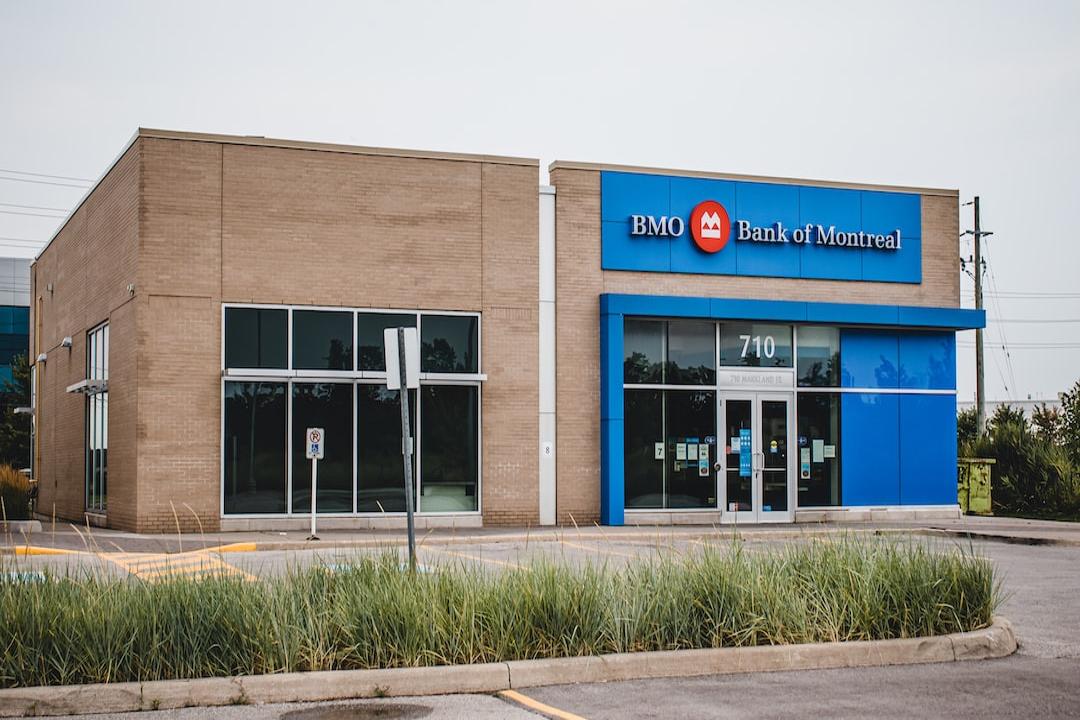The price of Bitcoin surged past $59,000 on February 28, reaching a new high of $59,485, which is only 13% lower than its all-time high of $68,789. As the price of BTC approaches its all-time high in US dollars, it has also broken records against multiple fiat currencies.
In recent days, Bitcoin has reached all-time highs against the Japanese yen, Malaysian ringgit, Indian rupee, new Taiwan dollar, South Korean won, Chilean peso, Australian dollar, Chinese yuan, South African rand, Norwegian krone, and Turkish lira.
These new all-time highs against various currencies highlight the declining value of these currencies due to inflation. Over time, the purchasing power of a currency decreases as inflation rises.
Market analysts believe that Bitcoin has entered a phase of price discovery after breaking through the critical resistance level of $57,000. With the Bitcoin halving event just 49 days away, the bullish momentum could push Bitcoin to new highs, as has been observed in the past.
Historically, the price of Bitcoin has seen a surge of at least 270% after each halving event. For example, before the 2012 halving, the price of Bitcoin was $12, but a year later, it jumped to $964. Similarly, before the 2016 halving, the price was $663, which rose to $2,500 a year later. In 2020, the price before the halving was $8,500, and just over a year later, it reached $68,783.
Each bull cycle in Bitcoin has been driven by different factors. In 2017, it was the retail sector that pushed the price to $17,000, while in 2021, institutional investors played a major role in driving the price to nearly $69,000. Market analysts predict that in 2024, institutional players will continue to drive the market, as evidenced by the daily net inflows to new spot Bitcoin exchange-traded funds (ETFs) in the US.
Spot Bitcoin ETFs have been receiving an average of nearly half a billion dollars in daily inflows, while the new supply of BTC entering the market only meets one-tenth of the current demand from these ETFs. Analysts believe that this significant institutional demand, coupled with the limited supply due to the upcoming halving, will act as a catalyst for the price of Bitcoin after the halving event.
At the time of writing, the price of Bitcoin is trading at $59,400, representing a 5% increase in the past 24 hours.

